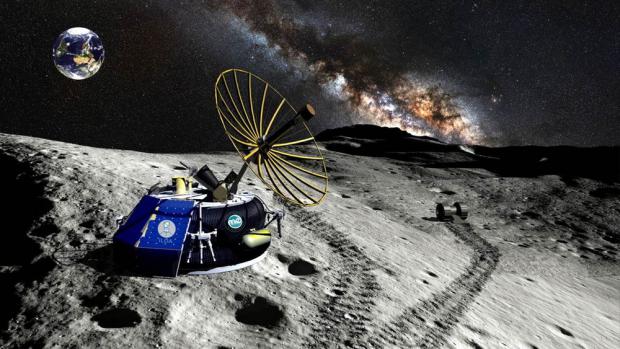
Breaking News
Living a Creative Life Maximizes Your Life
SEMI-NEWS/SEMI-SATIRE: November 9, 2025 Edition
 Trump pardons Mets legend, 'Celebrity Apprentice' alum Darryl Strawberry over tax evasion co
Trump pardons Mets legend, 'Celebrity Apprentice' alum Darryl Strawberry over tax evasion co
 You WON'T BELIEVE How Much Money We're REALLY Sending To Israel!
You WON'T BELIEVE How Much Money We're REALLY Sending To Israel!
Top Tech News
 HUGE 32kWh LiFePO4 DIY Battery w/ 628Ah Cells! 90 Minute Build
HUGE 32kWh LiFePO4 DIY Battery w/ 628Ah Cells! 90 Minute Build
 What Has Bitcoin Become 17 Years After Satoshi Nakamoto Published The Whitepaper?
What Has Bitcoin Become 17 Years After Satoshi Nakamoto Published The Whitepaper?
 Japan just injected artificial blood into a human. No blood type needed. No refrigeration.
Japan just injected artificial blood into a human. No blood type needed. No refrigeration.
 The 6 Best LLM Tools To Run Models Locally
The 6 Best LLM Tools To Run Models Locally
 Testing My First Sodium-Ion Solar Battery
Testing My First Sodium-Ion Solar Battery
 A man once paralyzed from the waist down now stands on his own, not with machines or wires,...
A man once paralyzed from the waist down now stands on his own, not with machines or wires,...
 Review: Thumb-sized thermal camera turns your phone into a smart tool
Review: Thumb-sized thermal camera turns your phone into a smart tool
 Army To Bring Nuclear Microreactors To Its Bases By 2028
Army To Bring Nuclear Microreactors To Its Bases By 2028
 Nissan Says It's On Track For Solid-State Batteries That Double EV Range By 2028
Nissan Says It's On Track For Solid-State Batteries That Double EV Range By 2028
THESE 5 FINALISTS WILL RACE TO THE MOON IN GOOGLE'S LUNAR XPRIZE COMPETITION

The race to the moon is heating up. Soon the Google Lunar XPrize will hand out $30 million in prizes to privately-funded teams who can send a robot to the moon, move 500 meters across its surface, and send pictures back to Earth.
According the contest rules, contestants had until December 31, 2016 to book a seat on a rocket ride to the moon. Five teams out of the original 34 have made it past this crucial checkpoint. These missions must launch before December 31, 2017 in order to get a shot at the $20 million grand prize and $5 million second place prize (and another $5 million total in smaller prizes).
But the teams don't necessarily have to complete their missions before the year's end, according to an update from the XPrize Foundation:
In recognition of the diverse mission plans of each finalist team, XPRIZE made an update to the guidelines to require that the launch is initiated by the December 31, 2017 deadline, instead of completed.
The rule tweak aids teams who need to spend a little bit more time in orbit around the moon before moving in for a landing. As long as each team launches before the end of 2017, they can take their time getting to the finish line. . . although the first team to land will get the glory of becoming the first privately-owned spacecraft to touch down on the lunar surface.
Here are the five teams who are shooting for the moon.
1 of 5

SpaceIL
This team from Israel was the first to book its ticket to the moon. Instead of rolling like a rover, this dishwasher-sized spacecraft will "hop" using retro-thrusters to move 500 meters across the lunar surface. SpaceIL has commissioned a ride with Spaceflight Industries.
2 of 5

Moon Express
This Silicon Vally-based company's website doesn't provide details about how their lander works. They plan to launch with Rocket Lab, a startup in New Zealand.
3 of 5

Synergy Moon
Composed of folks from 15 different countries, this team aims to send a lander and one or more rovers like the one above. They're planning to ride on a Neptune rocket from Interorbital Systems. The company has flown smaller rockets before, but a successful flight to the moon would put them in a whole new ballpark.

 Carbon based computers that run on iron
Carbon based computers that run on iron

